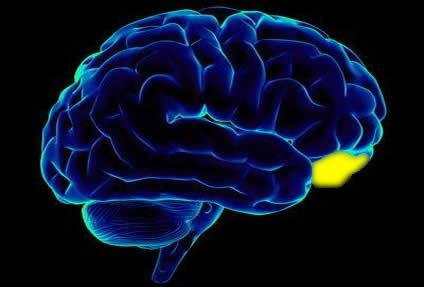
A new study by King’s College London and Sapienza University of Rome has found that frequent use of skunk cannabis wreaks havoc on the part of the brain responsible for communication between the two hemispheres.
The study, published in the journal Psychological Medicine, found that “skunk” cannabis damages the corpus callosum, a bundle of neural fibers that allows communication between the brain’s left and right hemispheres.
Skunk cannabis is a common choice in the UK specially among the youth. According to research the high levels of THC (The main element for the psychedelic experience of ‘high’) present in Skunk could be a major contributor to mental health conditions such as psychosis, because it interferes with the way the brain’s two hemispheres communicate. Previous research had shown that high levels of THC can induce psychosis.

BYPASS THE CENSORS
Sign up to get unfiltered news delivered straight to your inbox.
You can unsubscribe any time. By subscribing you agree to our Terms of Use
International Business Times reports:
Dr Paola Dazzan, Reader in Neurobiology of Psychosis from the Institute of Psychiatry, Psychology and Neuroscience (IoPPN) at King’s College London, and senior researcher on the study, said: “We found that frequent use of high-potency cannabis significantly affects the structure of white matter fibres in the brain, whether you have psychosis or not. This reflects a sliding scale where the more cannabis you smoke and the higher the potency, the worse the damage will be.”
Diffusion tensor imaging (DTI), a magnetic resonance imaging (MRI) technique, was used to analyse the amount of white matter in the brain of 56 participants who had experienced a first episode of psychosis, as well as 43 healthy patients, according to the study published in the journal Psychological Medicine. They examined the corpus callosum – the largest white matter structure in the brain – which is the main component for communication of the hemispheres and is also plentiful in cannabinoid receptors.
White matter is essential to the brain as it contains an abundance of nerve cell projections, which acts as a link between different parts of the brain – meaning that each part of the brain can operate in conjunction with other parts. In its research, the team found that high potency cannabis was correlated with damage of white matter structure.
Dr Tiago Reis Marques, a senior research fellow from the IoPPN at King’s College London, said: “This white matter damage was significantly greater among heavy users of high potency cannabis than in occasional or low potency users, and was also independent of the presence of a psychotic disorder.”
————
The medicinal properties of cannabis does not rely on high THC levels so much but on the right mixture with the cannabinoid contents. Alternative remedies for curing cancer in an emergency rely on cannabinoids as well as high THC, unless it is required for children, where low THC is preferable and still affects cancer cells. Experienced smokers have also realized that high THC is not the holy grail, but that a right balance between the relative cannabinoid compounds and low to average THC does a more descent job without burdening the brain’s nerve endings unnecessarily; giving a more realistic experience of High, without having to exit the Milky Way. Nobody smokes the weed anymore, it is ingested for a more profound experience.


